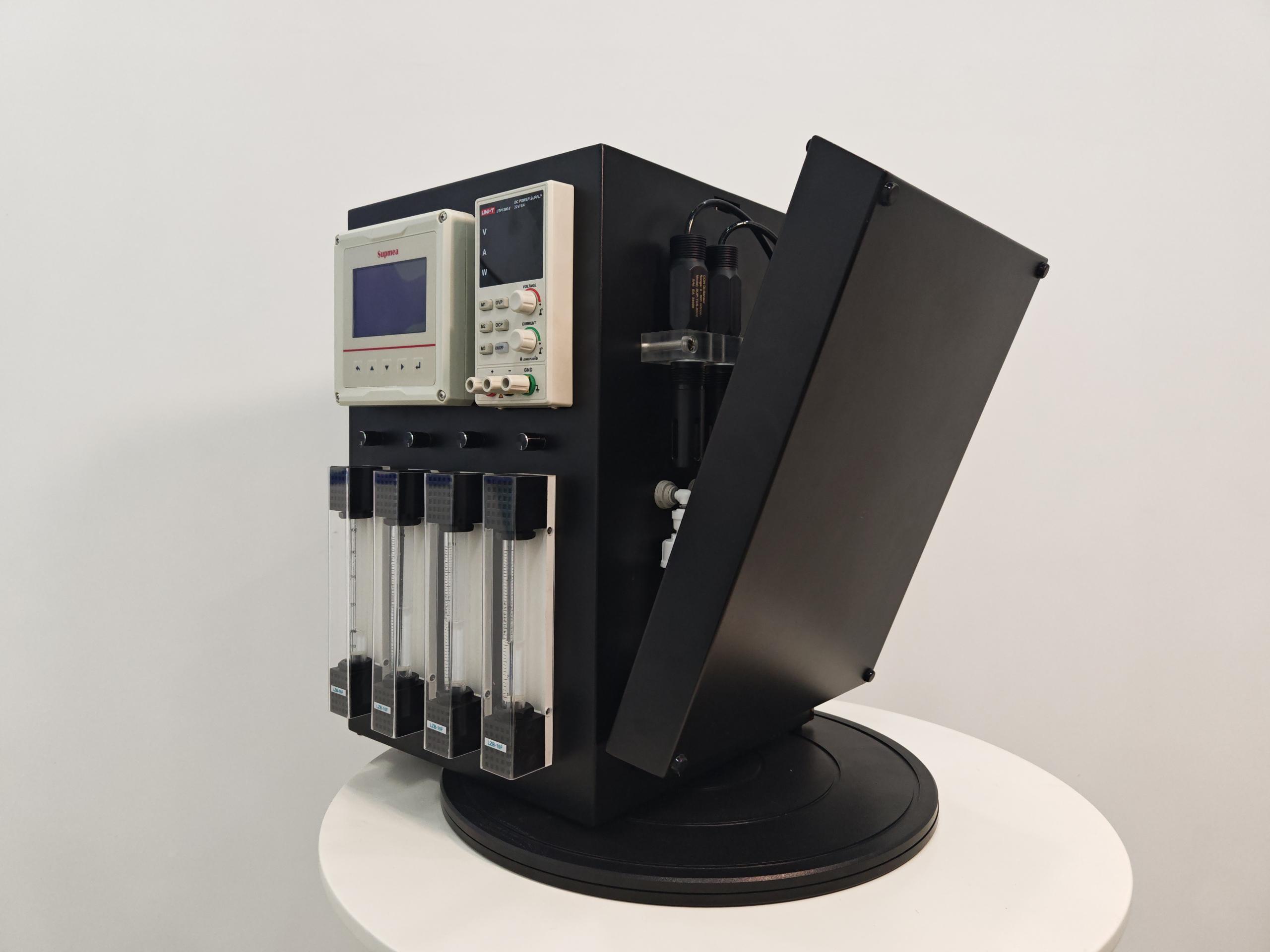17
2025
-
04
Exploration of the Application of Electrodialysis Technology in Lithium Extraction from Aged Saline Lake Brine and Separation of Lithium and Magnesium
Author:
With the vigorous development of the new energy industry, lithium resources, as one of the key raw materials, have seen a continuous increase in demand. Saline lake brine, as an important source of lithium resources, has become a research hotspot for its efficient extraction and separation technologies. Aged saline lake brine, as the residual liquid after the development of saline lake resources, contains abundant resources such as lithium and magnesium. However, its complex composition and low lithium concentration pose challenges to extraction. This article aims to explore the application of electrodialysis technology in lithium extraction from aged saline lake brine and the separation of lithium and magnesium, especially the efficient separation of lithium and magnesium through monovalent and divalent membrane electrodialysis.
Characteristics and Challenges of Aged Saline Lake Brine
Aged saline lake brine is an aqueous solution rich in various salts generated during the development of saline lake resources. It has relatively high contents of elements such as lithium and magnesium, but the lithium concentration is often low, and the lithium-to-magnesium ratio is not ideal. Taking the aged brine of a certain saline lake as an example, its lithium-to-magnesium ratio is about 1:20, which is far lower than the economic threshold for industrial extraction. In addition, the aged brine may also contain other impurity ions, such as sodium, potassium, calcium, etc., further increasing the difficulty of extraction.
Principle and Advantages of Electrodialysis Technology

This technology has the following advantages:
- Efficient separation: By precisely controlling the electric field strength and the selectivity of the membrane, the efficient separation of lithium and magnesium ions can be achieved, and the purity of lithium can be improved.
- Energy conservation and environmental protection: The electrodialysis process does not require heating or the addition of chemical reagents, reducing energy consumption and environmental pollution.
- Strong adaptability: It is suitable for the treatment of saline lake brines with different compositions and concentrations, and has a wide range of applicability.
Practical Case of Lithium-Magnesium Separation
To address the problem of the low lithium-to-magnesium ratio in aged saline lake brine, an experiment on the separation of lithium and magnesium was carried out using monovalent and divalent membrane electrodialysis technology. The experimental results show that after one electrodialysis separation, the lithium-to-magnesium ratio increased from the original 1:20 to 2:1, and the lithium concentration was concentrated to above 14 g/L from the initial value. Under some conditions, it could even reach 18 g/L, which is much higher than the concentration in the natural state. At the same time, the retention rate of boron remained above 85%, effectively reducing the influence of boron on the subsequent lithium extraction process.
Conclusion and Prospect
Electrodialysis technology shows great application potential in lithium extraction from aged saline lake brine and the separation of lithium and magnesium. Through monovalent and divalent membrane electrodialysis technology, the efficient separation of lithium and magnesium ions and a significant increase in lithium concentration have been achieved, providing strong support for the in-depth development and comprehensive utilization of saline lake brine resources. In the future, with the continuous progress of membrane material science and the continuous optimization of electrodialysis technology, it is expected to make more breakthroughs in improving lithium extraction efficiency, reducing costs, and reducing environmental pollution, contributing to the sustainable development of the new energy industry.
At the same time, in view of the complexity of the composition of saline lake brine, it is necessary to further explore the multi-component collaborative separation mechanism and develop more efficient and environmentally friendly separation technologies to meet the growing demand for lithium resources and promote the sustainable and healthy development of the new energy industry.
Related Products
Fully Renewable Fiber Filters: A Water Treatment Revolution Beyond Quartz Sand Filters
2025-06-24
Exploration on the Application of Electrodialysis Technology in Desalination of Soy Peptone
2025-06-24
Decentralized Water Treatment and Resource Utilization: Breaking through Spatial and Cost Constraints
2025-06-20
Application of Electrodialysis Technology in Separation of Glycine and Salts
2025-06-20
Huanke Environmental Protection Technology
HOTLINE:
Address:Gongye 1st Street, Weicheng District, Weifang City, Shandong Province China
Contact:Zhang Gong
Phone:+86-18865361829
Email:sdhuanke@163.com


Consult
Copyright © 2023 Shandong Huanke Environmental Protection Technology Co., Ltd
